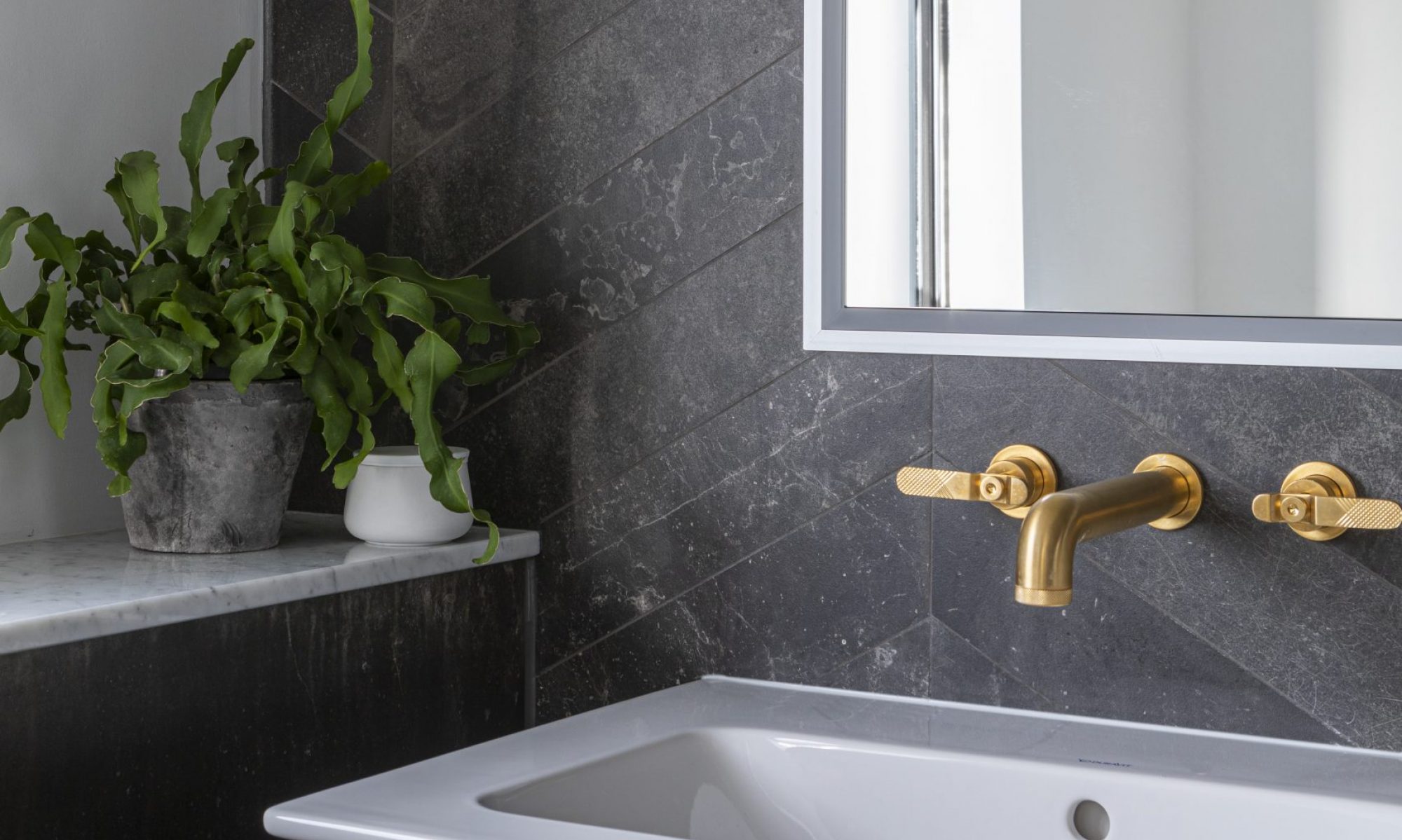Tiles are still the most popular way to finish walls and floors in kitchens, bathrooms, utility rooms etc.
They are durable, resistant to moisture.
Tiles come in many fashionable patterns and colours, therefore we have almost unlimited arrangement possibilities.
Which bathroom tiles to choose and what to pay special attention to?
Arranging a bathroom or kitchen is a real challenge that involves many decisions.
One of them is the choice of tiles. The market offers us many types of tiles that come in different colours and surface structures. Remember that the tiles should match the overall style of the room.
Do you want your bathroom to be modern? Or maybe you want it to be cosier?
Do not forget that when choosing tiles, in addition to their appearance, their parameters are also important. Therefore, it is worth bearing in mind their water absorption, anti-slip and abrasion resistance.
Types of tiles
For many years, ceramic tiles have been the most popular choice.
No wonder – they are relatively cheap, accessible, durable and easy to install.
They come in various sizes and are suitable for both floor and wall placement. Ceramic tiles come in 3 basic types:
Terracotta
Stoneware tiles, covered with a special glaze, which makes the surface of the tile remain smooth. Terracotta can be matte or glossy, but most importantly, it is very absorbent – so it will be perfect as a wall tile or a floor tile in a bathroom.

Glazed
This type of tiles is made of ceramics resembling porcelain. Their surface is covered with glaze, which makes them impermeable to water. However, glaze tiles are very fragile, so they work best on walls. They can come in many patterns and colours

Gres
They are also ceramic tiles, but pressed, of a good strength and hardness. Contrary to glaze, stoneware is frost-resistant and resistant to water absorption, and is more durable – thanks to this, it will be perfect not only on the wall, but also on the bathroom floor. Gres is divided into two categories: porcelain and technical. The latest arrangement hit are porcelain bathroom tiles, which imitate wooden boards.


The most important parameters of bathroom tiles
If you are wondering what tiles to choose, you need to take into account their most important parameters.
Experts in laying tiles will help you to choose the right tiles. Contact us if you need an advice.
These parameters are most important when when purchasing tiles.
Anti-slip
This marking determines the user’s safety when walking on tiles (also wet) and the degree of user’s adhesion. The R9 and R10 symbols are the optimal solution for domestic bathrooms.
Water absorption
This parameter determines the absorbency level. For bathrooms, choose tiles that are resistant to moisture absorption (less than or equal to 3%). This way you will be sure that the tiles will not crack or discolour due to water penetrating into their structure.
Abrasiveness
This indicator proves the resistance to discoloration and damage to the top layer of tiles. There are 5 abrasion classes. Among them, for bathrooms, it is best to choose those that are in the 2nd or 3rd class. They are recommended for rooms with intensive use.
Those are the most important things to consider when purchasing the tiles.
Please remember to always seek for advice if needed.











